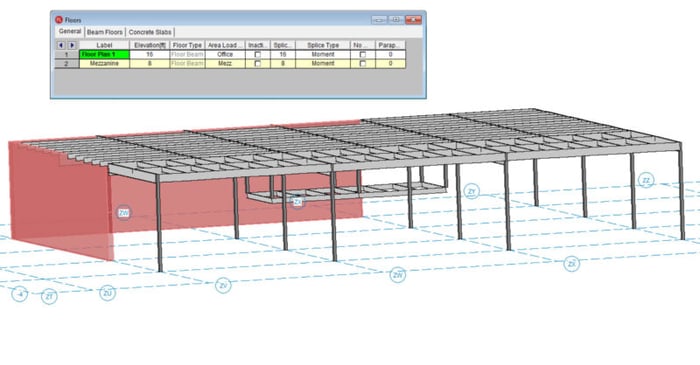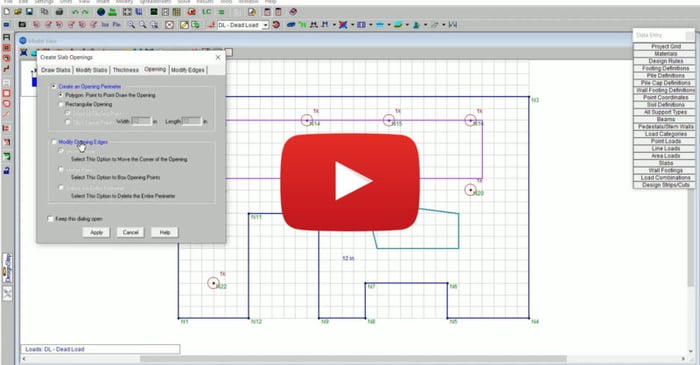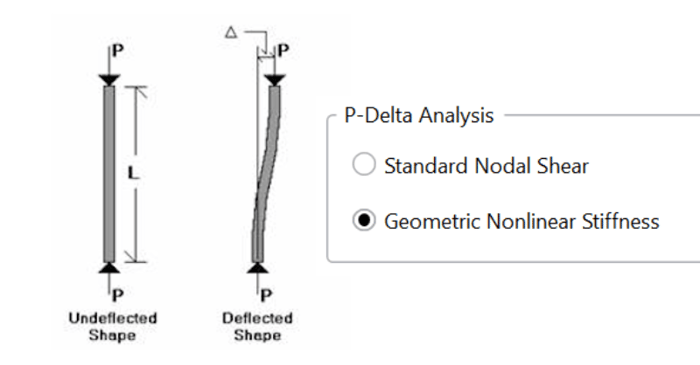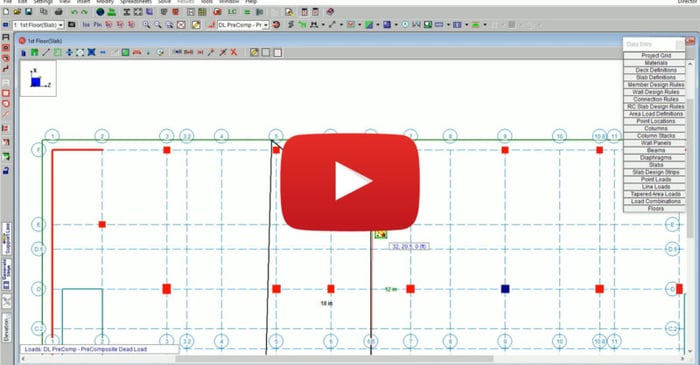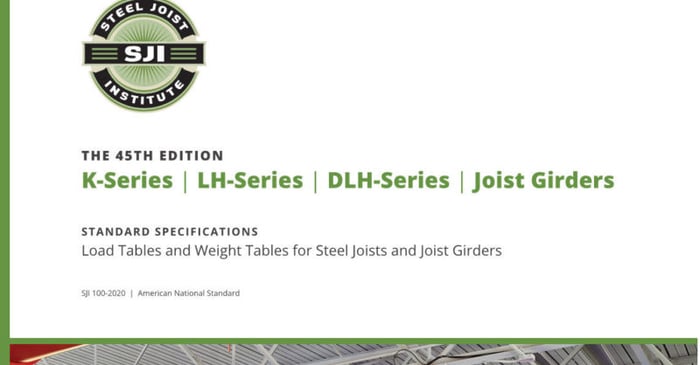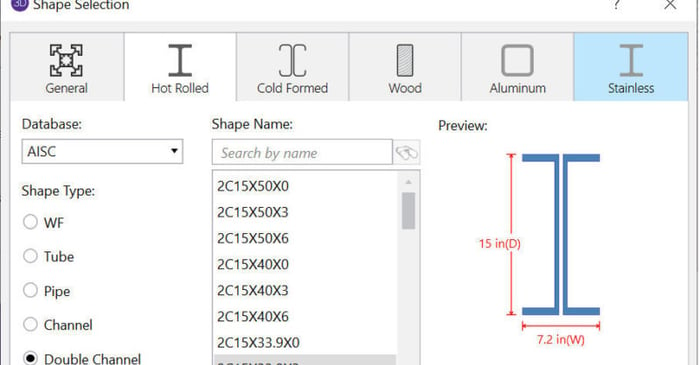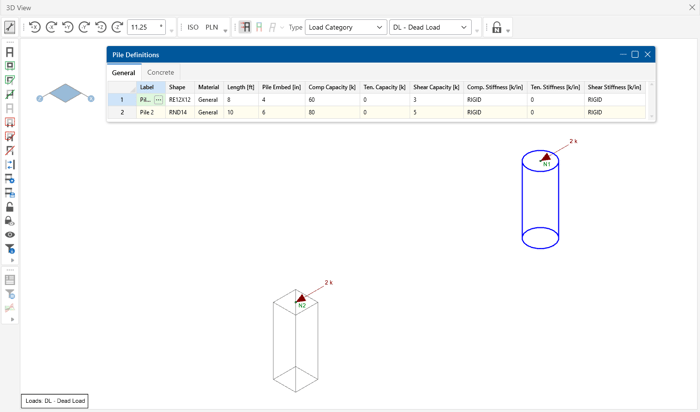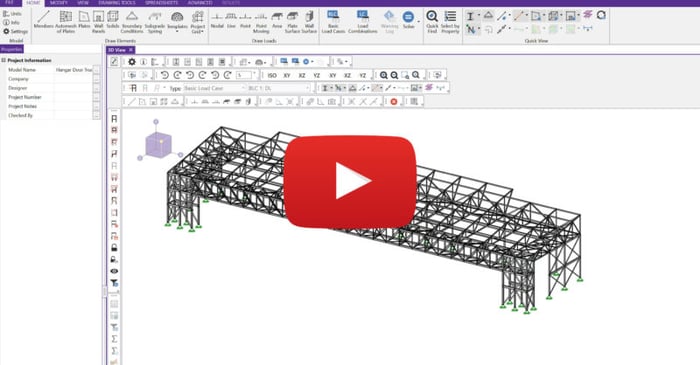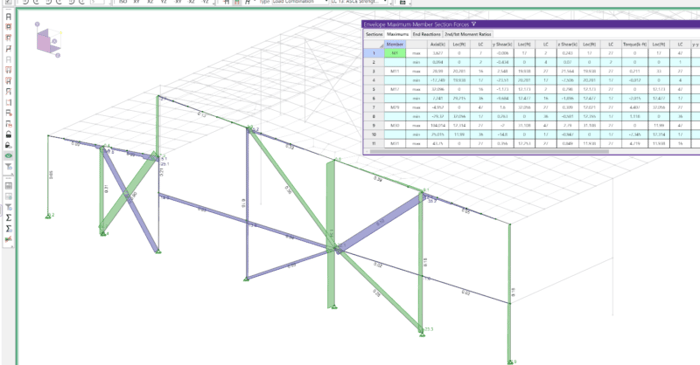
February 15, 2022
Easily view specific data using Viewer Mode in RISA-3D
RISA-3D is a robust tool for the analysis and design of a variety of different structures. Whether users are creating simple or incredibly complex models, the need to be able to easily review precise results and create corresponding screenshots is paramount. As a result, RISA-3D Version 20 now...




